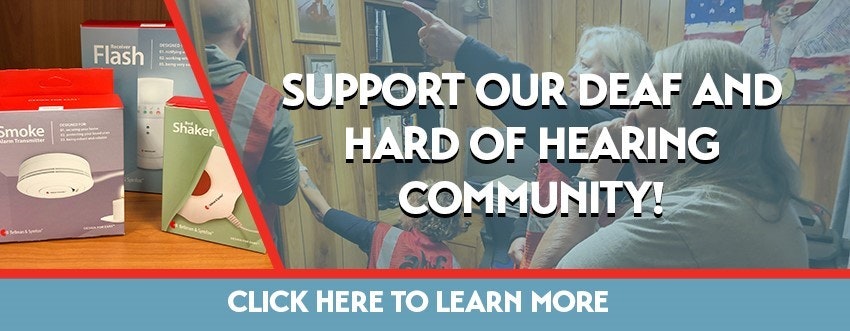Smoke Alarm / Fire Extinguisher Programs
Smoke Alarm Program

Fill out form to submit your request
Arizona Burn Foundation
Fire Extinguisher Training Businesses, community groups, scouting troops and more can learn the proper way to use a fire extinguisher and what to look for when purchasing them.
Emergency Instructions/Evacuations
- In an emergency Call 911.
- Post emergency instructions and evacuation routes in conspicuous locations.
- Identify safe routes, alternate routes, and refuge or safe areas.
- Know all the building exit routes. Keep exit routes clear.
- Do not use the elevator during a fire.
- If you hear the fire alarm, leave the building. As you leave, close the doors and windows behind you.
- If fire, smoke, or heat blocks your nearest exit, go to an alternate exit.
- If there is smoke in the room or in the corridor, keep down near the floor.
- Before opening a door, feel the knob or the door with the back of your hand. (A burn on the palm can hinder escape.) If either is hot, do not open the door. If it is not hot, open it slowly. If heavy smoke is present, close the door and stay in the room. Open a window to let fresh air in.
- Hang an item out the window to attract attention.
- Have a procedure in place to account for all employees after evacuating.
A portable fire extinguisher can save lives and property by putting out or containing a small fire. But because fire grows and spreads so rapidly, the number one priority in a fire at home or at work is to get out safely.
Use a portable fire extinguisher when the fire is confined to a small area, and is not growing; everyone has left the building; the fire department has been called and the room is not filled with smoke.
For the home, select a multi-purpose extinguisher that is large enough to put out a small fire, but not so heavy as to be difficult to handle. Fire extinguishers are labeled with standard symbols identifying the types of fire for which they are effective.
- Class A fires involve wood, cloth, paper, rubber, plastic and ordinary combustibles.
- Class B fires involve flammable liquids, like gasoline, oil, paint and oil-based products.
- Class C fires involve electrical equipment like wiring, circuit breakers and appliances
- Class D fires involve combustible metals, such as sodium or magnesium.
- Class K fires involve cooking oil and grease in commercial kitchens.
Read the instructions and become familiar with the operation of the extinguisher before you need to use it. To operate a fire extinguisher, remember the word PASS:
- Pull the pin. Hold the extinguisher with the nozzle pointing away from you, and release the locking mechanism.
- Aim low. Point the extinguisher at the base of the fire.
- Squeeze the lever slowly and evenly.
- Sweep the nozzle from side-to-side
Install fire extinguishers close to an exit and keep your back to a clear exit when you use the extinguisher so you can make an easy escape if the fire cannot be controlled. If the room fills with smoke, leave immediately.

